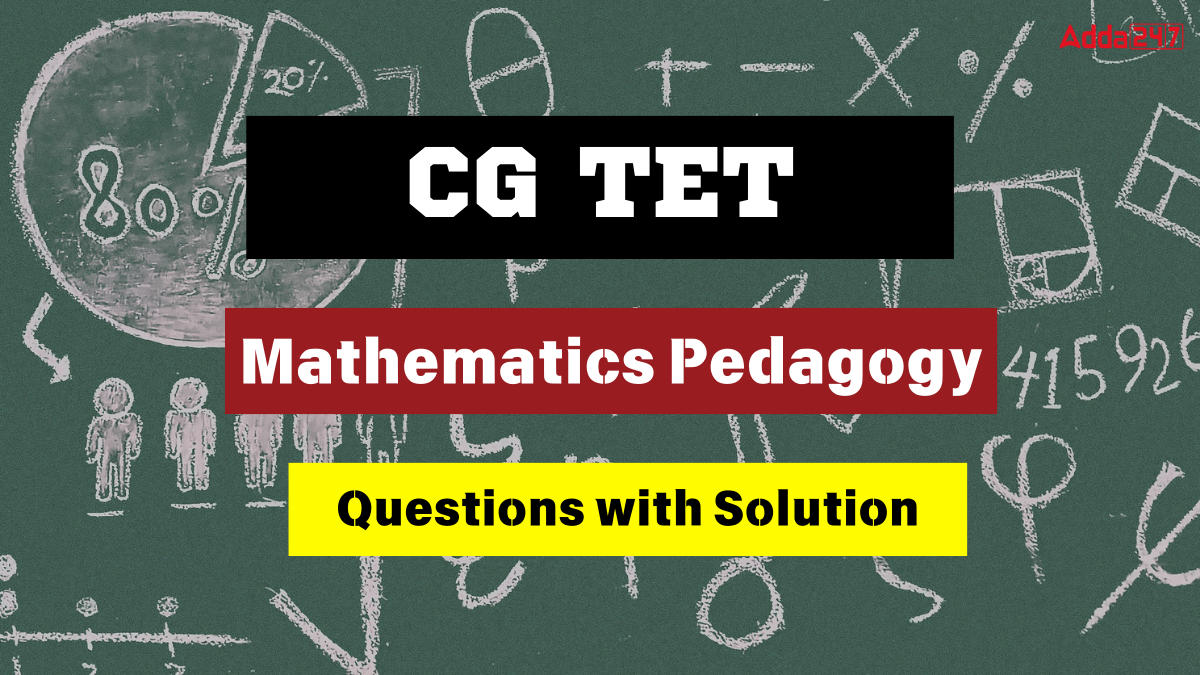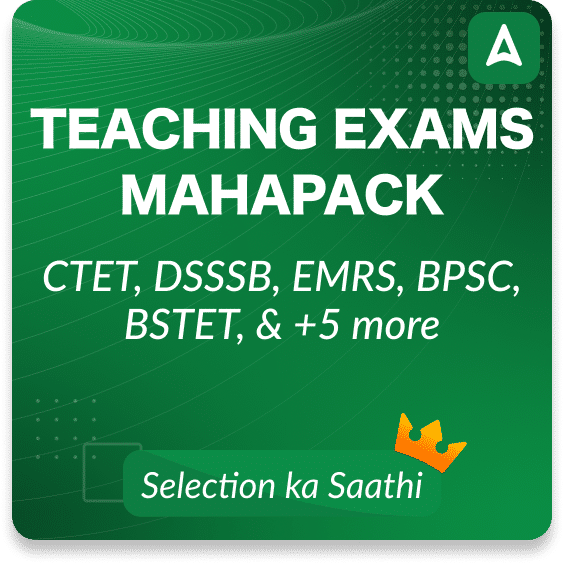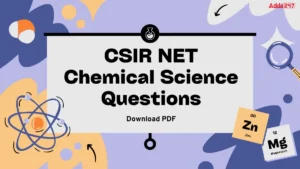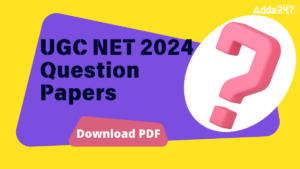Table of Contents
The CG TET assesses your ability to teach mathematics effectively through 30 multiple-choice questions (1 mark each) in either Paper 1 or Paper 2 (2.5 hours). This section focuses on your knowledge of Mathematics Pedagogy, which encompasses a wide range of essential topics for educators. It delves into teaching methods and strategies specifically designed for mathematics, empowering you to implement effective approaches in the classroom.
Check: CG TET Admit Card 2024
Uses of CG TET Mathematics Pedagogy Questions
CG TET Mathematics Pedagogy questions help candidates understand the specific areas of focus within the pedagogy section, allowing them to tailor their study plans to cover these key topics comprehensively
- Exam Focus: Understand key areas of focus within the pedagogy section.
- Teaching Strategies: Develop and refine effective teaching methods.
- Assessment Techniques: Learn how to create effective assessments.
- Conceptual Understanding: Promote deep understanding of mathematical concepts.
- Technology Integration: Utilize educational technology in teaching.
- Classroom Management: Implement effective management techniques for math classes.
- Diverse Learners: Adapt methods to meet the needs of diverse students.
- Real-World Scenarios: Prepare for practical teaching situations.
- Professional Development: Encourage ongoing learning and improvement.
- Exam Confidence: Boost confidence and reduce exam anxiety.
- Instructional Materials: Develop and use effective teaching resources.
Download Chhattisgarh TET Mathematics Pedagogy Questions with Solutions PDF
Ace the CG TET Mathematics Pedagogy section with our targeted practice! This comprehensive set of 30 essential questions delves into key concepts and effective teaching methodologies, empowering you to demonstrate your mastery of the subject matter and classroom strategies on exam day.
Download CG TET Mathematics Pedagogy Questions and Answers PDF
CG TET Mathematics Pedagogy MCQs
Q1. Following are four questions posed by a mathematics teacher. Which of the following is an open- ended questions?
(a) If sum of two numbers is 15 and one of them is 7, what will be the other number?
(b) If the age of Anil is 7 years and his father’s age is 5 times more than that of Anil’s age. What will be the age of father?
(c) If sum of two numbers is 17, then what are the numbers?
(d) What should be added to 17 get 23?
Q2. A teacher uses the following riddle in the class while developing the concept of place value ‘l am less than 5 tens and 4 ones’.
The objective of this riddle is to
(a) Do a summative assessment.
(b) Break the monotony of mathematics class.
(c) Ask close ended questions on place value.
(d) Reinforce the concept of base 10 and place value.
Q3. Which among the following is/are the objective/objectives of teaching ‘shapes’ at Primary class.
A. To develop visualization skill
B. To memories the names of geometrical shapes
C. To enhance spatial reasoning ability
(a) A and B
(b) A and C
(c) B and C
(d) Only B
Q4. Which of the following teaching-learning resources in mathematics can be used for visually challenged students?
A. Geoboard
B. Geogebra
C. Abacus
D. Graphic calculator
Choose the correct option.
(a) A and D
(b) A and C
(c) B and D
(d) A, B and D
Q5. While teaching ‘geometrical shapes’ a teacher thinks of planning a trip to historical places. It reflects:
(a) Field trips have been recommended by CBSE, so they must be done
(b) A good break from routine mathematics class and an opportunity to visit the historical places.
(c) Shapes are an integral part of any architecture and such trips encourage mathematics beyond classroom.
(d) Teacher has completed most of the syllabus well in time and now needs to provide leisure.
Q6. A primary class mathematics teacher poses the following question to his students:
“Reena and Shama went to shop to buy bag. There were m any bags with different price tags. They got confused by looking at so many price tags. Can you help them by arranging the price tags either in ascending or descending order”?
BAG -A → Rs. 4732,
BAG -B → Rs. 2364,
BAG -C → Rs. 1934,
BAG -D → Rs. 3475,
BAG -E → Rs. 2937,
BAG -F → Rs. 3004,
In the given context, which of the following statements is true?
(a) Only the concepts of ascending and descending order can be strengthened using the question.
(b) The teacher can use the question to go beyond comparison of numbers and introduce the concept of data handling and sorting of data.
(c) It is not a mathematical question as it does not involve basic operations on numbers.
(d) The teacher should avoid bringing contextual questions into the classroom.
Q7. According to National Curriculum Framework 2005, which of the following represents the vision of a mathematics classroom?
(a) Students memorizing the formulae
(b) Teacher as the only narrator in the class
(c) Students coping solved examples from the textbook
(d) Children posing and solving meaningful problems in the classroom
Q8. Which of the following statements is true for ‘Anecdotal Records’ as an assessment tool in mathematics?
(a) It includes the project and field work done by the child
(b) It is use to record and judge the quality of a child’s work against a specified criteria
(c) It records the presence or absence of a particular skill or process
(d) It includes written description of child’s progress on a day to day basis and provides observational narrative records
Q9. A class III teacher introduces the multiplication in her class using repeated addition and rectangular arrays. She is
(a) Introducing multiplication through informal strategies by utilizing the previous knowledge and experiences of students.
(b) Teacher multiple formal algorithms of multiplication.
(c) Wasting a lot of time and should focus on teaching formal algorithm only.
(d) Finding leisure time for herself be keeping the students engaged.
Q10. A child is counting the number of balls by putting a finger on the balls one by and saying numbers in order.
She has counted some balls twice. Which pre number concept is yet to be strengthened in the child?
(a) One-to-one correspondence
(b) Seriation
(c) Classification
(d) Cardinality
Solutions
S1. Ans.(c)
S2. Ans.(d)
S3. Ans.(b)
S4. Ans.(b)
S5. Ans.(c)
S6. Ans.(b)
S7. Ans.(d)
S8. Ans.(d)
S9. Ans.(a)
S10. Ans.(a)




 CSIR NET Chemical Science Questions with...
CSIR NET Chemical Science Questions with...
 UGC NET 2024-25 Question Papers 1 and 2,...
UGC NET 2024-25 Question Papers 1 and 2,...
 CSIR NET General Aptitude Questions Answ...
CSIR NET General Aptitude Questions Answ...














